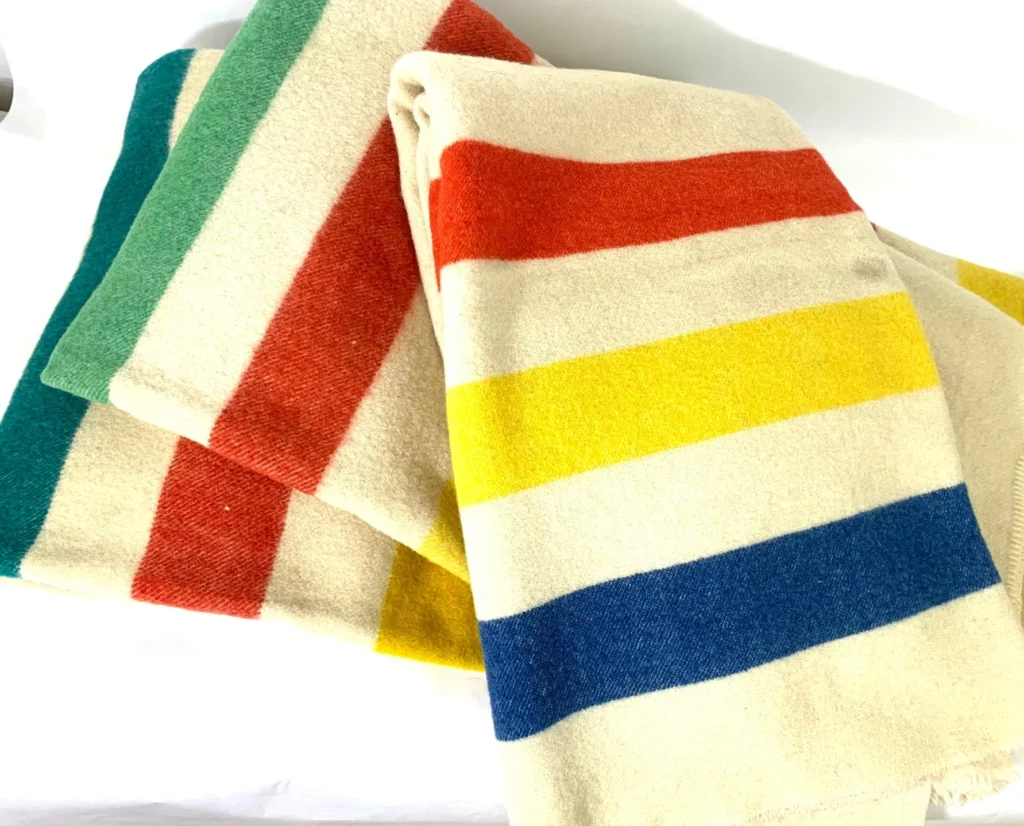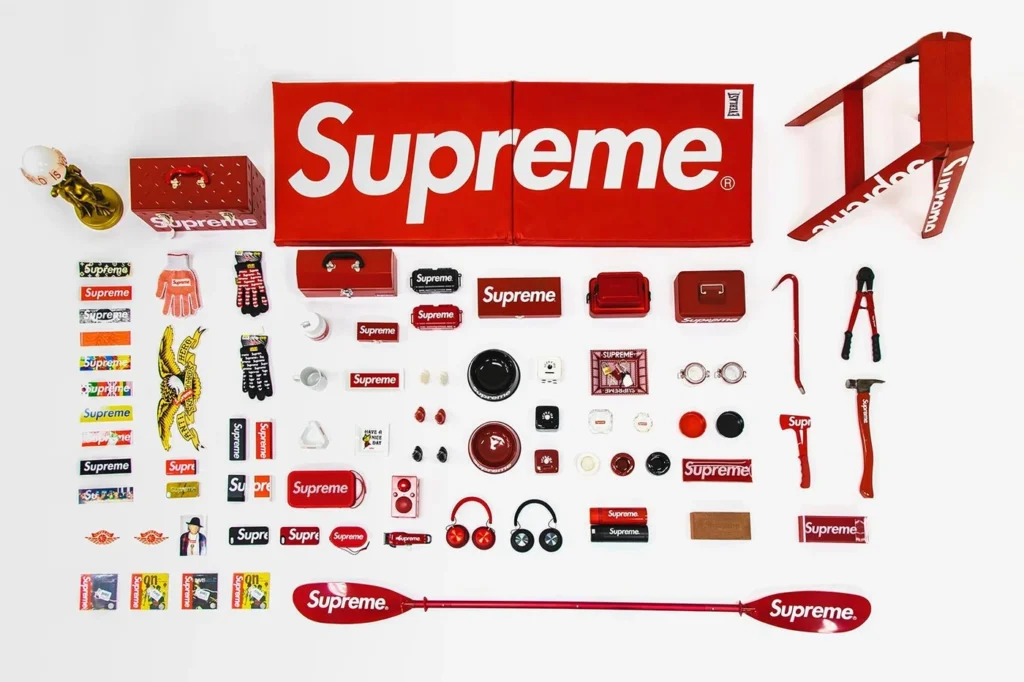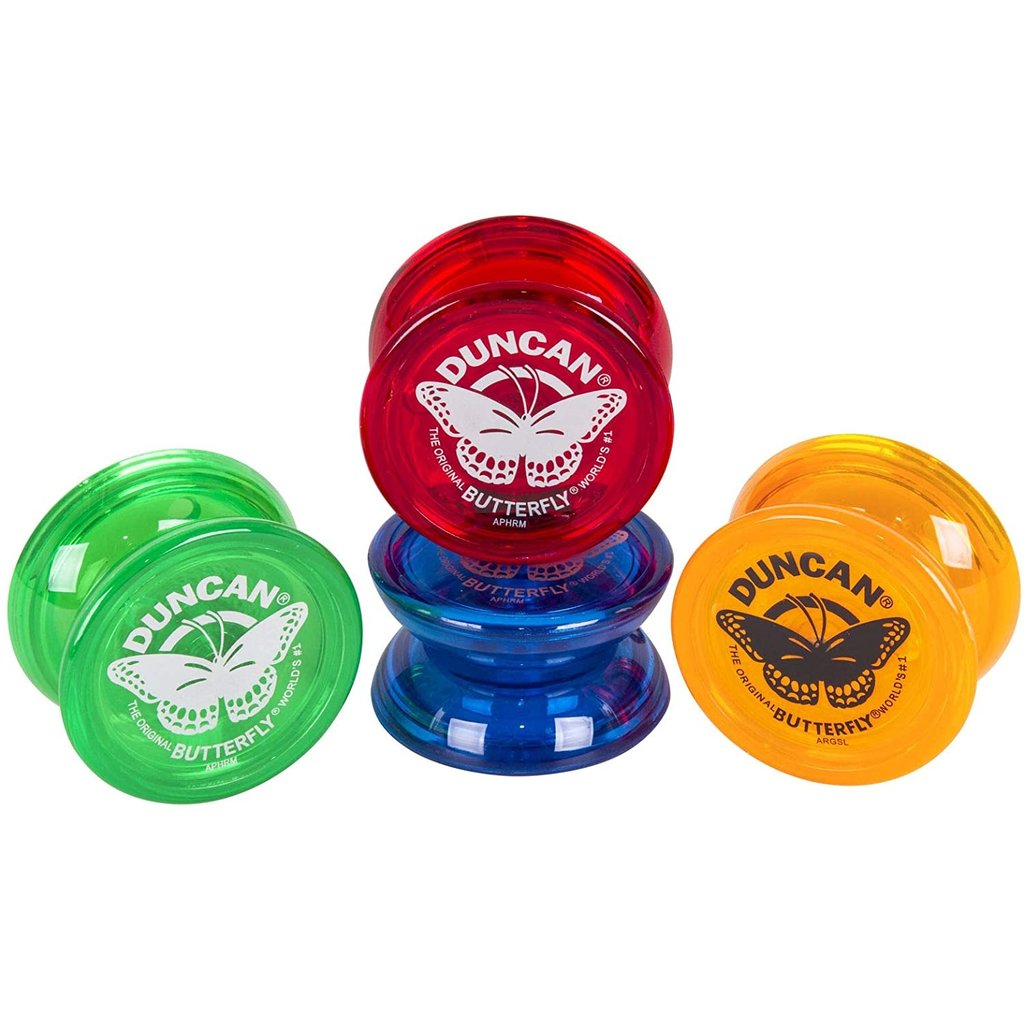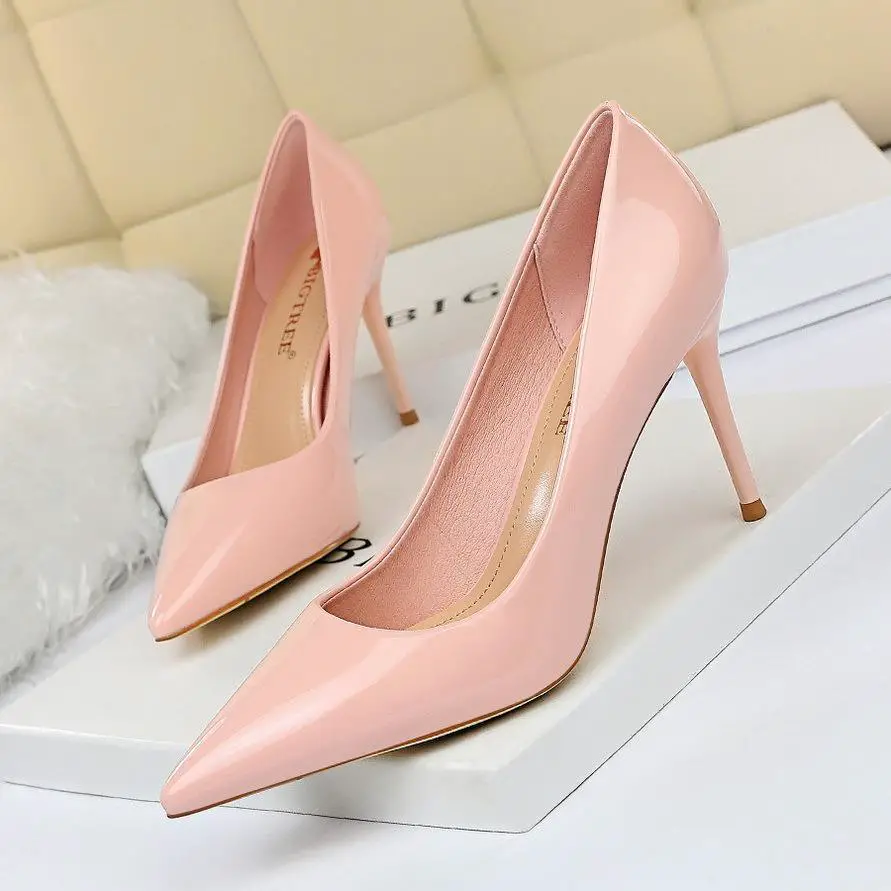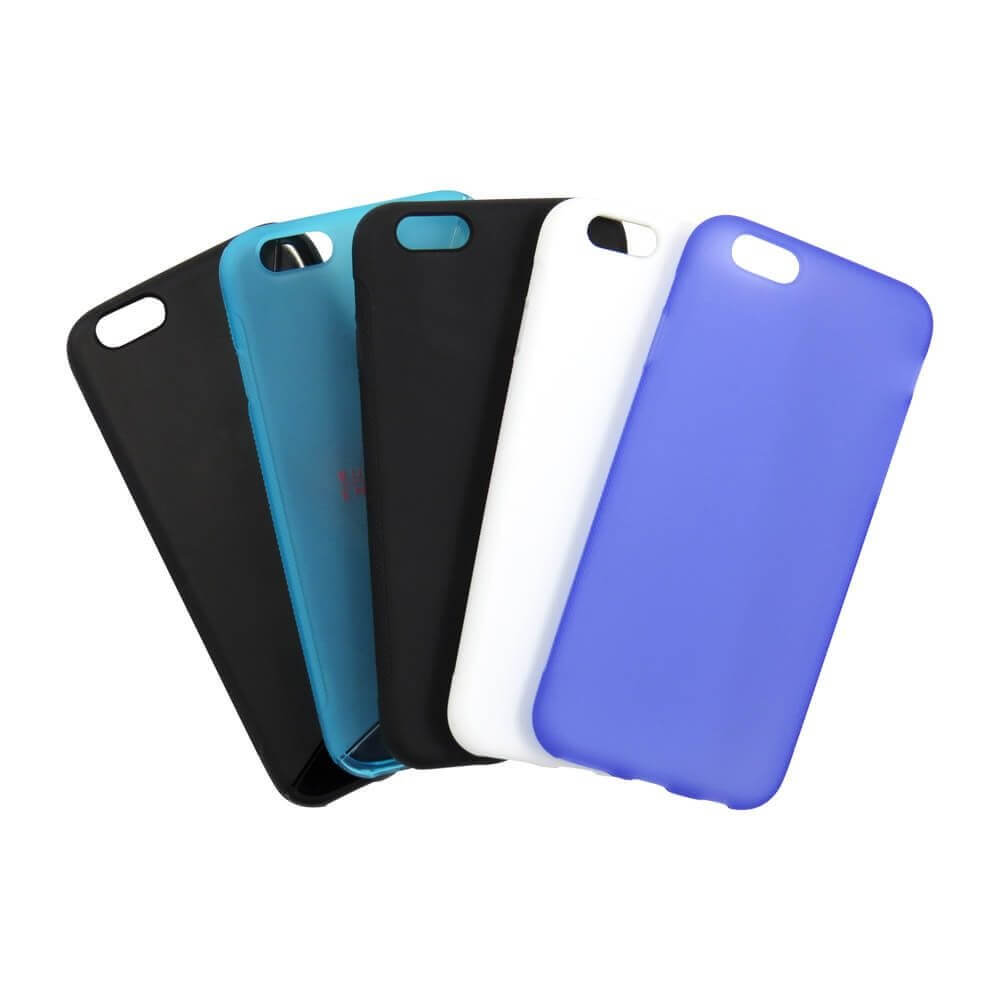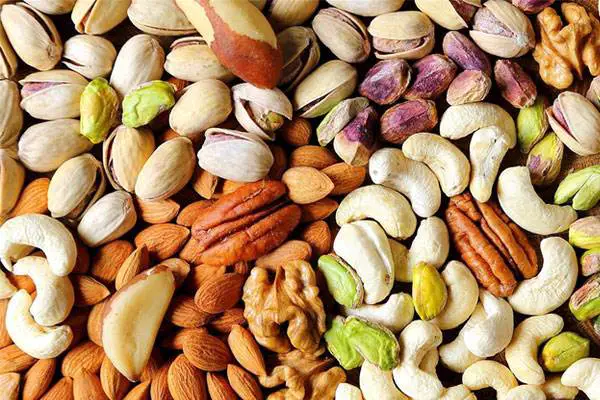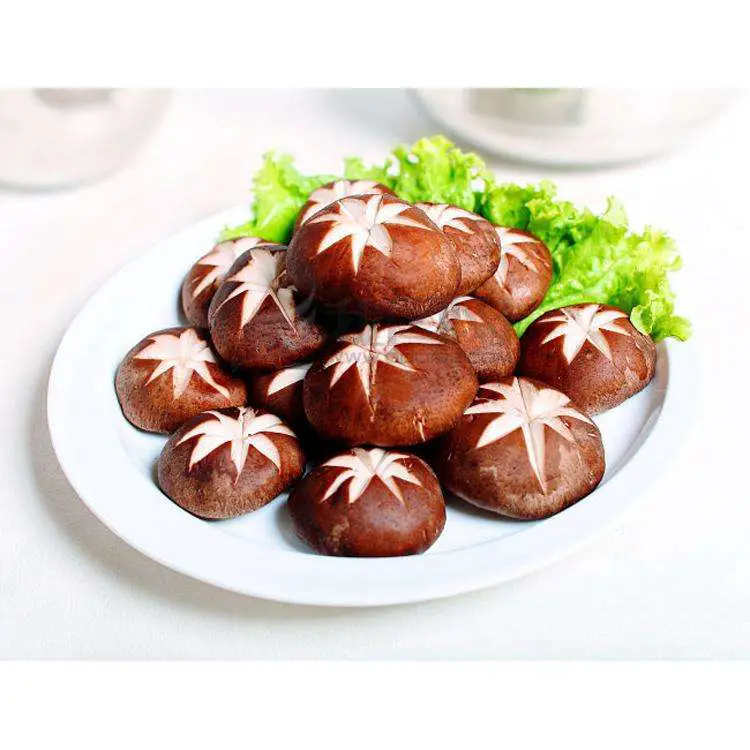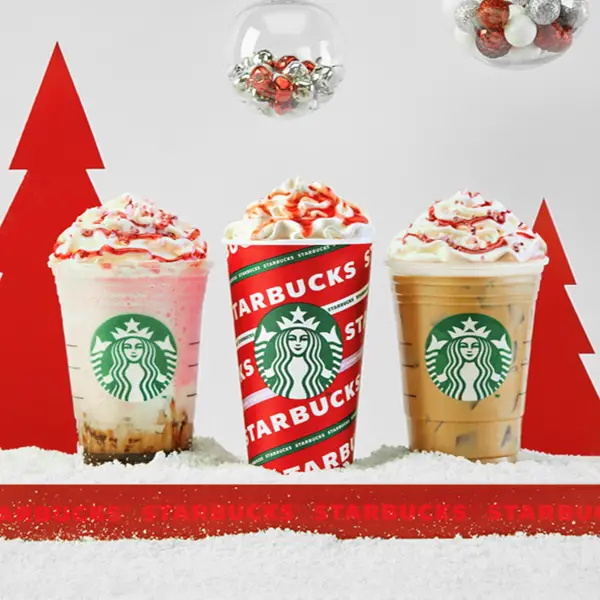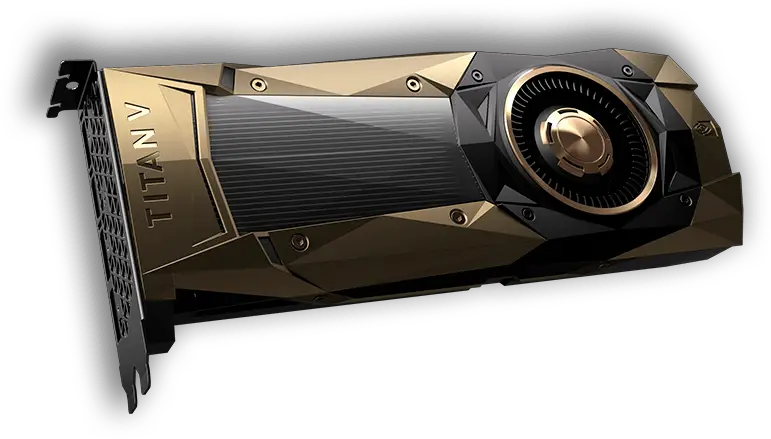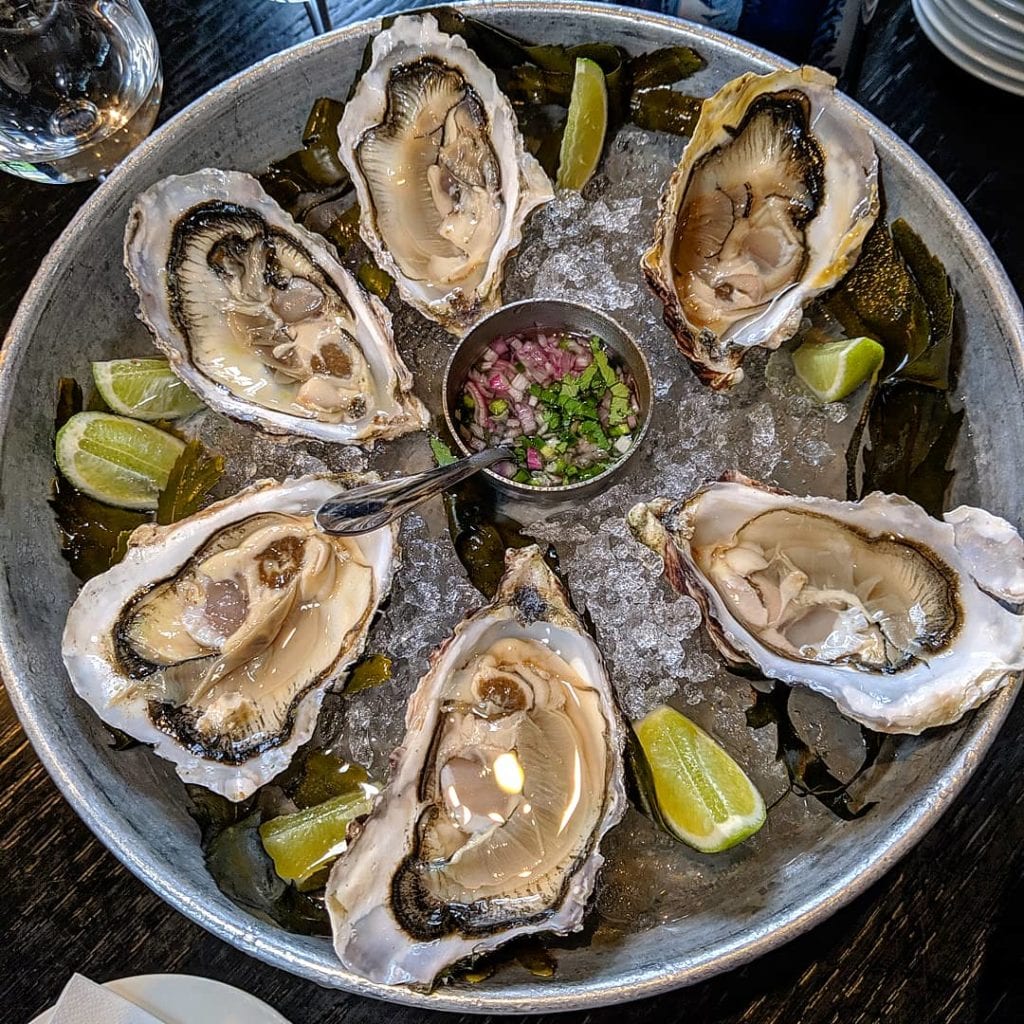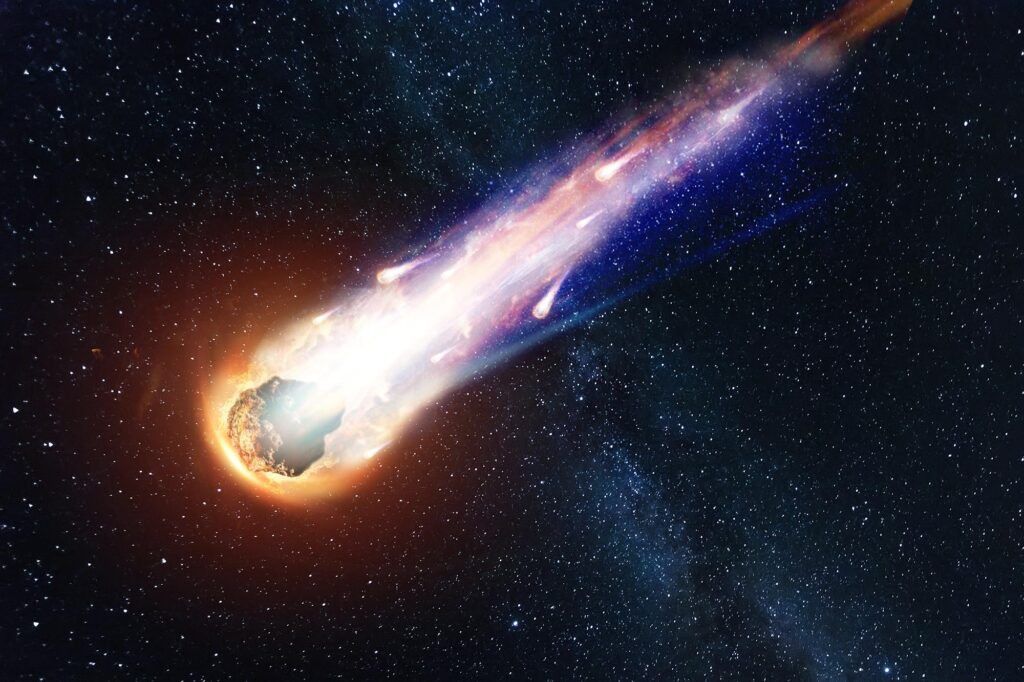Why Are Hudson Bay Blankets so Expensive?
Hudson Bay blankets, also known as “point blankets,” are highly sought after for their warmth, durability, and unique design. These blankets have a rich history dating back to the 18th century when they were first produced by the Hudson’s Bay Company (HBC) in Canada. Today, they continue to be prized possessions for many people, but they also come with a steep price tag. So, why are Hudson Bay blankets so expensive?
First, it’s important to understand the history of the Hudson’s Bay Company. Founded in 1670, HBC was the largest fur trading company in North America during the 18th and 19th centuries. They controlled a massive territory in Canada known as Rupert’s Land, and they traded with Indigenous peoples for furs such as beaver, fox, and bear. In the early 1700s, HBC began to trade blankets to Indigenous people in exchange for furs. These blankets quickly became popular among Indigenous peoples, as well as settlers and traders.
The blankets produced by HBC were made of high-quality wool, which was soft, warm, and durable. They were also large enough to cover a person from head to toe, making them ideal for use in the harsh Canadian climate. In the early days, HBC blankets were made in England and then shipped to Canada, but later they were made in Canada. HBC blankets were also known for their unique design, which featured a series of “points” on the corners of the blanket. These points represented the number of beaver pelts that were required to purchase the blanket. The more points a blanket had, the more valuable it was.
The unique design, durability, and warmth of Hudson Bay blankets make them highly sought after today, but they are also very expensive. The cost of wool, shipping, and labor all play a part.
Additionally, the process of making these blankets is labor-intensive and requires a high degree of skill. The wool must be cleaned, carded, spun, and then woven into a blanket. This process is done by hand and takes many hours to complete. The cost of labor is also a significant factor in the high price of these blankets.
Another reason for the high cost of Hudson Bay blankets is their exclusivity. HBC blankets are only sold through the Hudson’s Bay Company and its subsidiaries, which limits their availability. This exclusivity drives up the price, as people are willing to pay more for something hard to find.
In conclusion, Hudson Bay blankets are expensive for several reasons. The history, quality, and process of production, the cost of labor, and exclusivity all contribute to the high cost of these blankets. They are not just ordinary blankets, but a piece of Canadian history and tradition, a piece of art, and a high-quality product, that will last for years to come. Many people see them as worthwhile investments, and they will continue to be prized possessions for years to come.
Frequently Asked Questions:
How can you tell if a Hudson Bay blanket is real?
- Check the label: Authentic Hudson Bay blankets have a label that reads “Hudson’s Bay Company” or “Hudson Bay Company” and includes the iconic multi-colored stripes.
- Look for the stripe pattern: Hudson Bay blankets are known for their distinctive stripe pattern, with alternating bands of color. If the stripe pattern is not consistent or the colors do not match the traditional colors of the Hudson Bay blanket (red, yellow, green, blue), it is likely a fake.
- Inspect the material: Authentic Hudson Bay blankets are made of wool and have a thick, nubby texture. If the material feels thin or smooth, it is likely a fake.
- Check the stitching: Authentic Hudson Bay blankets have a sturdy, even stitch and the ends of the veil are neatly finished. If the stitching is uneven or the ends are frayed, it is likely a fake.
- Look for a serial number: Many authentic Hudson Bay blankets have a serial number sewn into the blanket. This number can be used to verify the authenticity of the blanket.
What are Hudson Bay blankets worth?
Hudson Bay blankets are worth anywhere from $50 to $200 depending on the condition, age, and rarity of the blanket. Some rare and antique blankets can sell for much higher prices. The value of Hudson Bay blankets can also vary depending on the location and market demand. It is worth noting that these blankets are considered collectors’ items and their value can fluctuate over time.
Are Hudson Bay blankets still made?
Yes, Hudson Bay blankets are still being made today. The Hudson’s Bay Company, a Canadian retail company, has been producing these blankets since the 17th century and they continue to be popular for their durability and quality. They are made from 100% wool and are available in a variety of colors and patterns.
Are Hudson Bay and Pendleton the same?
No, Hudson Bay and Pendleton are not the same. Hudson Bay is a large body of saltwater in northeastern Canada, while Pendleton is a clothing and home furnishings brand based in Portland, Oregon.
Can I wash my Hudson Bay blanket?
Yes, Hudson Bay blankets can be washed. However, it is recommended to wash them on a gentle cycle in cold water with a mild detergent. It is also recommended to line-dry the blanket or tumble dry on a low heat setting. Do not use bleach or fabric softener on the blanket as it can damage the wool fibers. If the blanket is heavily soiled or has stains, it may be necessary to spot-clean or dry-clean the blanket.
Why are Navajo blankets worth so much?
Navajo blankets are worth a lot of money because they are hand-woven, often using traditional techniques that have been passed down for generations. The process of creating a Navajo blanket is very time-consuming and requires a high level of skill, which adds to its value. Additionally, Navajo blankets are made from high-quality materials such as wool, which adds to their durability and longevity. Finally, Navajo blankets have a rich cultural history and are considered a symbol of Native American heritage, which adds to their appeal and value.
What is the softest blanket in the world?
It is difficult to determine the exact softest blanket in the world as many different materials and brands produce soft blankets. Some popular materials for soft blankets include microfiber, Minky, plush, and fleece. It is also subjective as different people may have different preferences for softness. Ultimately, the softest blanket may vary based on personal preference.
What are Hudson Bay blankets made of?
Hudson Bay blankets are traditionally made of wool, specifically merino wool. The wool is woven into a twill pattern and is known for its durability and warmth. Some newer Hudson Bay blankets may also be made of a blend of wool and synthetic fibers for added softness and ease of care.
What makes Hudson Bay special?
Hudson Bay is a large body of water located in northeastern Canada. It is special for several reasons:
- It is one of the largest bays in the world, covering over 1.2 million square kilometers.
- It is home to a wide variety of wildlife, including polar bears, seals, whales, and numerous species of fish.
- It is an important habitat for migratory birds, with over 300 species stopping at the bay during their annual migration.
- It has a rich history and cultural significance for the Indigenous peoples who have lived in the region for thousands of years.
- It has a unique and harsh climate, with long, cold winters and short summers.
- It is an important shipping route and has played a significant role in the development of the region’s economy.
Overall, Hudson Bay is a unique and special place with a rich natural and cultural history.
How do you store a Hudson Bay blanket?
There are a few steps you can take to store a Hudson Bay blanket:
- Clean the blanket before storing it. Use a gentle detergent and cold water to wash the blanket, then hang it to air dry or lay it flat to dry.
- Fold the blanket neatly and place it in a clean, dry container or storage bag. Avoid folding the blanket too tightly, as this can cause creases and damage to the fibers.
- If you are storing the blanket long-term, consider using a storage bag with a moth repellent to protect against insect damage.
- Store the blanket in a cool, dry place away from direct sunlight and heat sources. Avoid damp or humid areas, as these can lead to mold and mildew growth.
- If you have limited storage space, you can also roll the blanket and secure it with a rubber band or a piece of twine. This can help save space while still protecting the blanket from dirt and damage.
Is Hudson Bay a luxury brand?
No, Hudson Bay is not a luxury brand. It is a Canadian department store chain that sells a wide range of products including clothing, home goods, and furniture. It is known for its affordable prices and selection of mid-range brands.
Why are Pendleton blankets so popular?
Pendleton blankets are popular for several reasons:
- Quality craftsmanship: Pendleton blankets are made with high-quality materials and are crafted with attention to detail, ensuring that they are long-lasting and durable.
- Design: Pendleton blankets feature classic, timeless designs that appeal to a wide range of people. They also offer a variety of patterns and colors to choose from.
- Versatility: Pendleton blankets are versatile and can be used for a variety of purposes, including as a bedspread, a couch throw, or a picnic blanket.
- Comfort: Pendleton blankets are made with soft, plush materials that provide warmth and comfort, making them perfect for snuggling up on the couch or sleeping in on a cold day.
- Brand reputation: Pendleton has a strong reputation for producing high-quality products, which adds to the appeal of its blankets.
Why can’t you wash a wool blanket?
Wool blankets can be washed, but they must be washed carefully to prevent shrinkage or damage. Wool is a delicate fiber that can shrink or become misshapen if it is not washed properly. It is recommended to use a gentle detergent, cold water, and a gentle cycle when washing a wool blanket. The blanket should also be dried flat or tumble-dried on a low setting to prevent shrinkage. It is also recommended to have a wool blanket professionally cleaned to ensure it is washed properly and to preserve the quality of the blanket.
How can you tell if a Navajo blanket is real?
There are several ways to determine if a Navajo blanket is authentic:
- Look for a hallmark or signature of the weaver. Most authentic Navajo blankets will have a signature or hallmark of the weaver, which is often a stamp or mark on the back of the blanket.
- Examine the materials and craftsmanship. Authentic Navajo blankets are typically made from natural materials like wool, which will have a certain texture and feel. The craftsmanship should also be high quality, with even stitching and tight weave.
- Check for labels or tags. Many authentic Navajo blankets will have labels or tags that indicate the weaver’s name, tribe, or location.
- Research the seller. If you’re buying a Navajo blanket from an online marketplace or antique shop, do some research on the seller to ensure they are reputable and selling authentic items.
- Look for the Navajo Nation Seal. Authentic Navajo blankets will often feature the Navajo Nation Seal, a circular stamp that includes the Navajo Nation flag, and the word “Navajo” in English and Navajo.
Why are hospital blankets so comfortable?
Hospital blankets are designed to be comfortable for patients who may be in a vulnerable or sensitive state. They are typically made from soft, high-quality materials such as cotton or synthetic fibers that are gentle on the skin and help to regulate body temperature. Hospital blankets are also designed to be easy to clean and maintain, which is important in a hospital setting where hygiene is of the utmost importance. Additionally, hospital blankets may be treated with antimicrobial agents to help prevent the spread of infection. All of these factors contribute to their overall comfort and make them a popular choice for patients and healthcare professionals alike.

